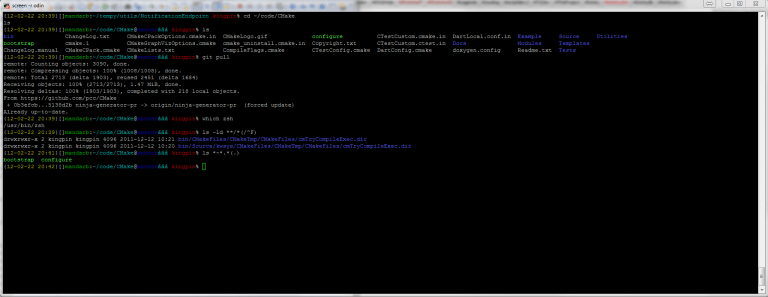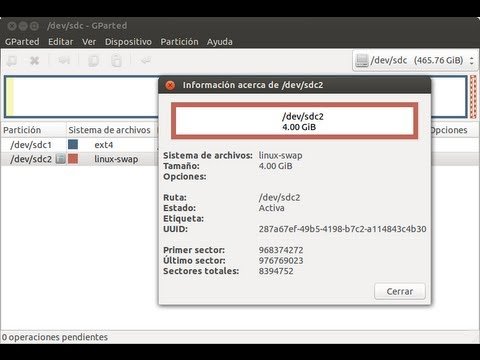Preserving Bash History in Multiple Terminal Windows
When working with Linux, particularly in environments where multiple terminal windows are common, such as in programming or system administration, it’s crucial to have access to your command history across all sessions. By default, the Bash shell does not immediately share history between its instances. This can be inconvenient when you need to recall commands executed in another terminal window. However, there are ways to configure Bash to share its history more effectively.
How to Configure Shared Bash History
To make your Bash history immediately accessible across multiple terminal windows, you need to modify how Bash handles its history file (~/.bash_history). Here’s a step-by-step guide to achieve this:
- Edit the Bash Configuration File:
Open your.bashrcfile located in your home directory. You can do this with any text editor; here, we’ll usenano:
nano ~/.bashrc- Add or Modify the Following Settings:
Insert these lines at the end of the.bashrcfile:
# Avoid duplicates
HISTCONTROL=ignoredups:erasedups
# When the shell exits, append to the history file instead of overwriting it
shopt -s histappend
# After each command, append to the history file and reread it
export PROMPT_COMMAND="history -a; history -c; history -r; $PROMPT_COMMAND"Here’s what each line does:
HISTCONTROL=ignoredups:erasedups: Prevents duplicate entries.shopt -s histappend: Makes Bash append the history instead of overwriting it.PROMPT_COMMAND: This is executed just before the Bash prompt is displayed. The commandshistory -aappends the session’s history to the file,history -cclears the current session’s history, andhistory -rreads the history file.
- Save and Exit:
After adding the above lines, save the changes and exit the editor. Fornano, you can do this by pressingCTRL+X, thenYto confirm, andEnterto exit. - Apply the Changes:
To apply the changes, either close and reopen your terminal windows or source the.bashrcfile in all open terminals:
source ~/.bashrcPros and Cons of Sharing Bash History
Pros:
- Command Recall: Easily recall commands executed in any terminal window.
- Efficiency: Improves workflow by not having to retype or remember commands executed in different sessions.
- Troubleshooting: Helps in troubleshooting issues by providing a complete history across sessions.
Cons:
- Conflicts: Rapid commands in different terminals might lead to out-of-order history entries.
- Performance: Constantly writing to the history file can potentially slow down the terminal if dealing with very large history files or very frequent commands.
Tips for Managing Bash History
- Manage History Size: You can control the size of the history file by setting
HISTSIZEandHISTFILESIZEin your.bashrcfile. For example:
export HISTSIZE=10000
export HISTFILESIZE=20000- Ignore Specific Commands: To prevent certain commands from being saved in history (like passwords), prefix them with a space if
HISTCONTROLis set to ignorespace or ignoredups. - Secure Your History: Be cautious about storing sensitive commands in history. Commands containing passwords or other sensitive data should ideally not be recorded.







